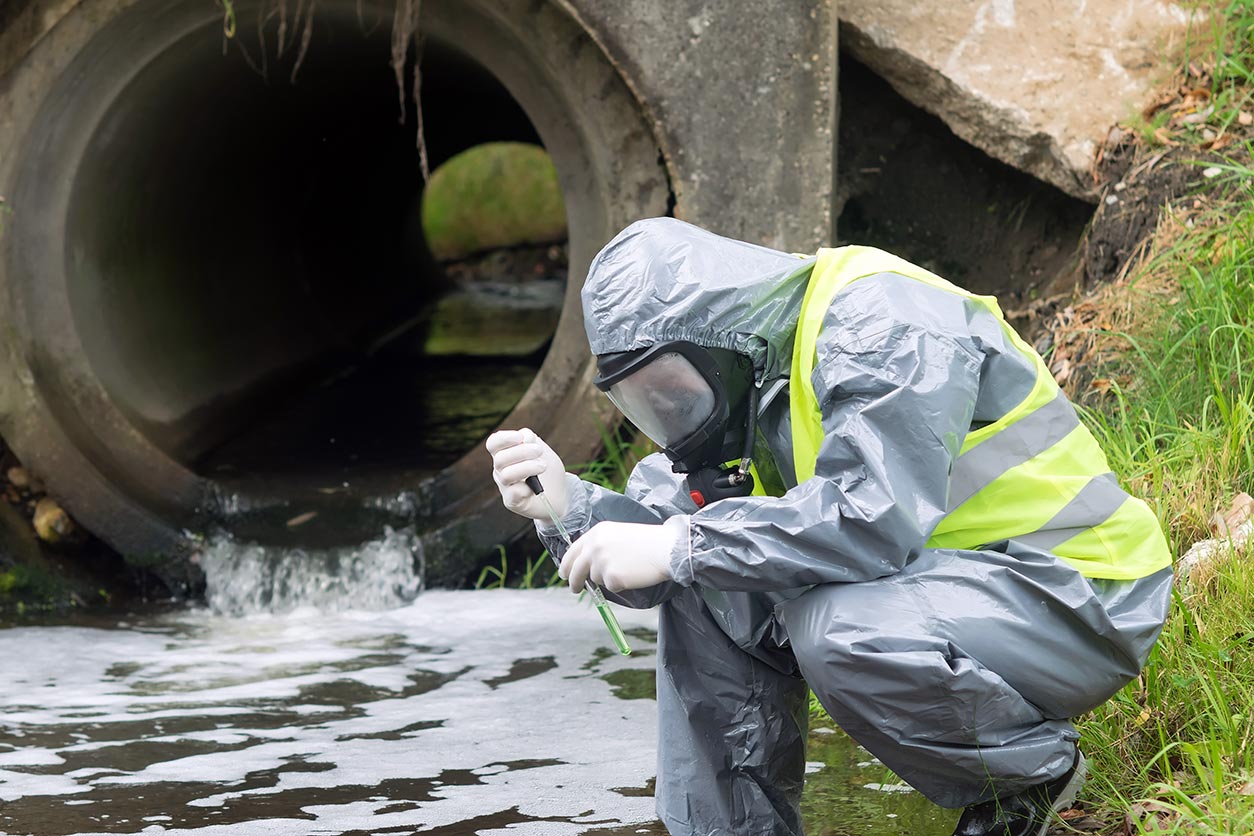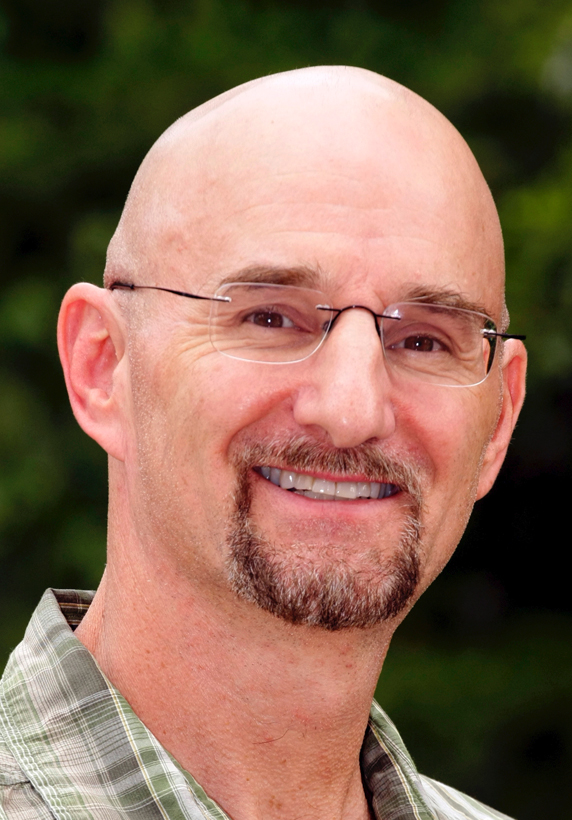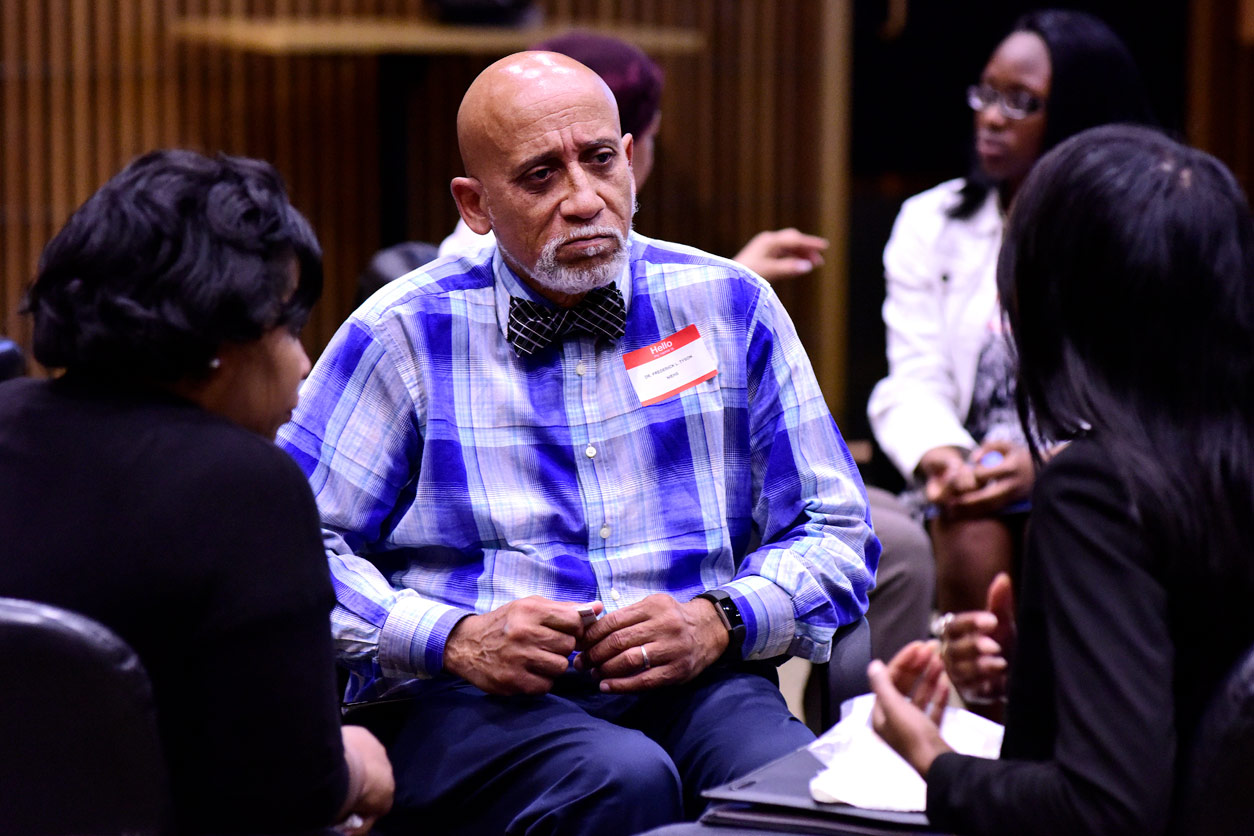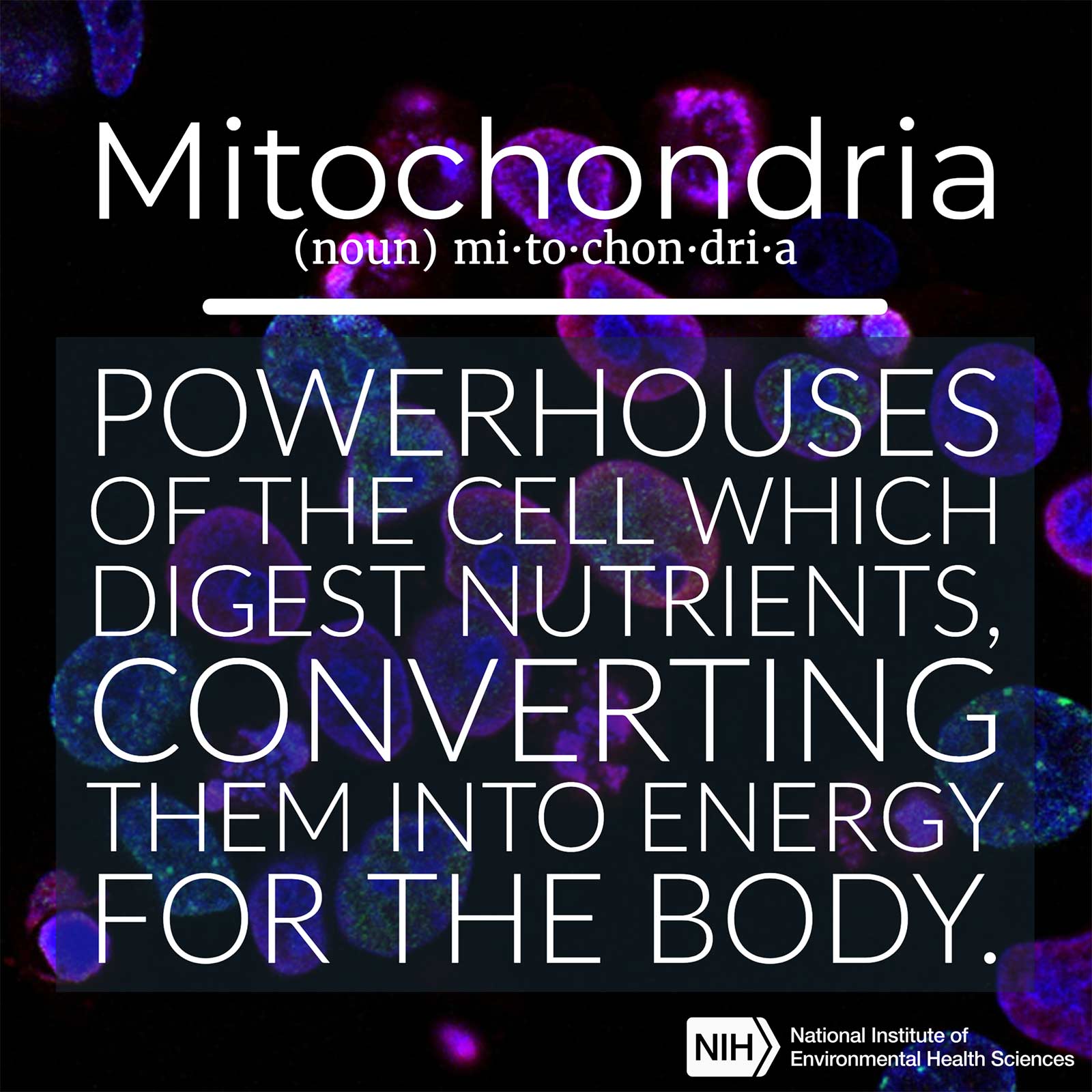Exposure to environmental toxicants can lead to changes in DNA, RNA, proteins, and metabolites, but much work remains to understand exactly how those changes affect human biology and potentially lead to disease and ill health. NIEHS scientists joined others from academia, industry, and government who shared their research during the 51st annual meeting of the Environmental Mutagenesis and Genomics Society (EMGS) Sept. 12-16. NIEHS co-sponsored the meeting.
 Some chemicals in the environment can affect our genes, which may, in some cases, set in motion biological changes that lead to disease and ill health.
Some chemicals in the environment can affect our genes, which may, in some cases, set in motion biological changes that lead to disease and ill health.The virtual conference featured dozens of symposia, lectures, other presentations, and poster sessions, as well as three keynote talks listed below.
- “A Compendium of Mutational Signatures of Environmental Agents in Human Cancers and Normal Cells,” by Serena Nik-Zainal, Ph.D., from the University of Cambridge.
- “The Generation of New Diversity in the Sequence of the Human Genome,” by Kari Stefansson, M.D., Dr. Med., founder of deCODE Genetics, which is in Iceland.
- “The Enigma of Viral Noncoding RNAs,” by Joan Steitz, Ph.D., Sterling Professor of Molecular Biophysics and Biochemistry at Yale School of Medicine.
 Copeland also heads the NIEHS Mitochondrial DNA Replication Group. (Photo courtesy of Steve McCaw)
Copeland also heads the NIEHS Mitochondrial DNA Replication Group. (Photo courtesy of Steve McCaw)Other topics ranged from the potential for personalized risk assessments for common cancers to how genetic alterations and environmental factors may contribute to neurodevelopmental and neuropsychiatric disorders.
Mitochondrial diseases
Bill Copeland, Ph.D., head of the NIEHS Genome Integrity and Structural Biology Laboratory, discussed his work examining genetic mutations in human mitochondria, which are organelles that provide cells with energy they need to function properly. Some of those mutations can give rise to diseases such as progressive external ophthalmoplegia, a condition marked by eye muscle weakness and inability to look left or right, among other physical problems.
“Mitochondrial DNA lack certain repair processes,” noted Copeland. “We think the majority of mutations are actually formed from spontaneous errors of mitochondrial DNA replication that are just not repaired.” Replication is when DNA is copied during cell division.
One replication error involves DNA deletion. Copeland described his project LostArc, which identified 35 million deletions in 22 patients with and 19 patients without a mutation of the gene POLG, which plays a major role in mitochondrial DNA replication. Going forward, such data may help to inform diagnosis of POLG-related mitochondrial diseases.
Janine Santos, Ph.D., a scientist in the NIEHS Predictive Toxicology and Screening Group, participated in the same session. Her talk was titled “(Epi)genomics Effects of Developmental Mitochondrial Dysfunction.” (See story in this issue for more information on her research.)
RNA and the environment
Fred Tyson, Ph.D., a program director in the NIEHS Genes, Environment, and Health Branch, and Daniel Shaughnessy, Ph.D., a health scientist administrator in the institute’s Exposure, Response, and Technology Branch, co-chaired a symposium titled “Dynamic RNA Modifications: Roles in Environmental Response and Disease.”
 Tyson’s efforts include environmental health science education. He is shown here speaking to students from Bennett College, who visited the institute in 2017. (Photo courtesy of Steve McCaw)
Tyson’s efforts include environmental health science education. He is shown here speaking to students from Bennett College, who visited the institute in 2017. (Photo courtesy of Steve McCaw)Scientists believe that chemical changes to RNA are involved in number of key biological processes, such as temperature adaptation and gene expression. How the environment may influence those complex changes, which are known collectively as the epitranscriptome, was the focus of talks by several NIEHS grantees, including Juliane Beier, Ph.D., from the University of Pittsburgh.
She gave a presentation titled “The Epitranscriptome at the Crossroads of Diet and Environmental Exposure in Liver Diseases.” Beier has shown that exposure to vinyl chloride, even at levels now considered safe, may worsen conditions for individuals with nonalcoholic fatty liver disease. That chemical is a volatile organic compound used to make products such as polyvinyl chloride, or PVC, pipes.










